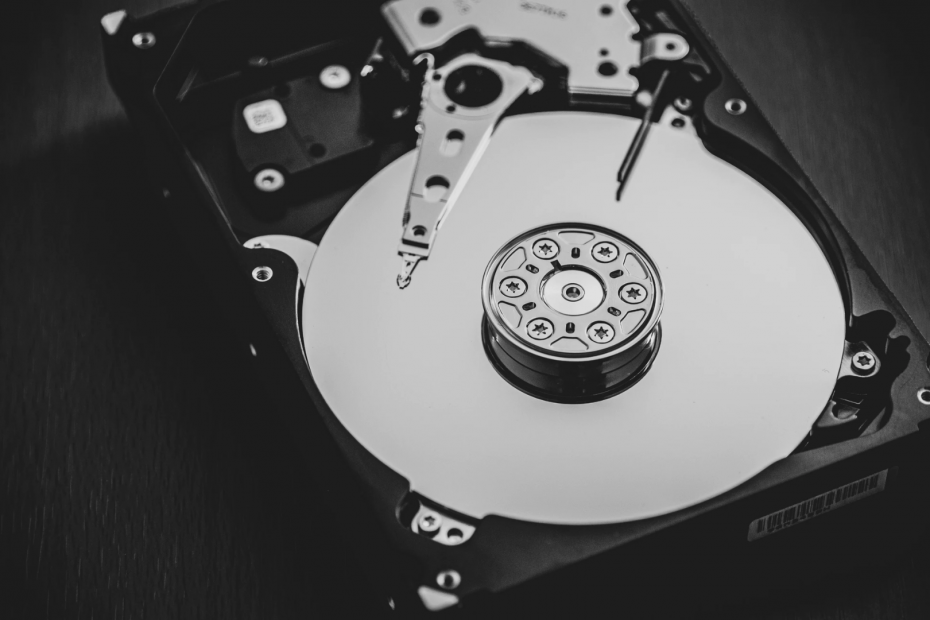In 2020, do you still need a dedicated NAS solution?

I’ve always had some sort of a NAS solution at home. A NAS, which stands for Network-Attached Storage, is a solution or a server that provides you with storage. Usually in a redundant setup, such as RAID.
At home, I use a Synology DiskStation 412+ model. I’ve written about this before when I upgraded the internal RAM to 4 GB (from 2 GB), when I ditched Dropbox for a local solution, and when I configured the Synology device to synchronize with Azure storage. It’s a robust device, released in early 2012. It hosts 4 disks, and in my current configuration, it provides a net capacity of 14.5 TB. This is redundant storage, so should one of the four drives fail, I’m still good.
I’ve often thought of upgrading the device to something more performant. The current model has a passive CPU, which is an Intel Atom D2700. It’s dual-core, with four threads – but it only runs at 2.13 GHz, and it only has 1 MB of L2 cache. This is evident, especially when working with large files – the device simply runs either out of steam or takes an eternity at times. This is also due to it only supporting 7200 RPM traditional (spinning) hard drives.
This got me into evaluating why specifically do I need a dedicated NAS solution? Let’s list the obvious advantages first.
- It’s always on and allows for services to be readily accessible. I’ve had DNS, Plex, VPN Server, file-sharing services, Apple Time Machine, backups to the cloud, Virtual Machine backups, local file sync, external access, antivirus, Node.js, Docker containers, Perl and Python scripts and other things running there. Mostly at the same time. I also have an external USB3 hard drive connected to tertiary backups.
- It’s reliable. The Synology package is very well maintained, so managing and patching the devices can be done through a mobile app when needed.
- It’s easy to manage, thus requiring very little tinkering in the shell. The DiskStation Manager (DSM) interface makes it a breeze to configure and troubleshoot.
- It’s affordable, over time. The model costs less than $1000, and the hard drives are fairly affordable also. In total, I’ve put about $1400 over a period of 8 years now – mostly to replace failing drives. Each drive has served well for about 5 years of 24-hour use before giving me a warning of bad sectors. I later learned that specific hard drive models might erroneously report bad sectors, even if they are fine.
- The single best service is the Synology Drive, that provides me with a file synchronization service between all of my devices – without my data leaving my devices.
There seems to be plenty of advantages. What about the disadvantages – are there any?
- It’s sluggish if you’re used to working with a real server. The CPU is rather limited, the internal buses are mediocre and it takes quite long to reboot.
- It doesn’t support faster drives, such as M.2 SSDs. The more expensive Synology models do support them, but often only for caching and not as direct storage.
- If it breaks, you cannot fix it. There are no user-serviceable parts, and if something breaks – such as the PSU or the CPU – they are either soldered directly on the PCB or otherwise hard to come by.
I had a look at newer models, such as the Synology DS1520+, which has a 4-core 2.0 GHz CPU and supports 5 drives natively. On Amazon, it’s $649.99 without drives, so it’s safe to say it’s about 750 € once it lands in the EU. Not overly expensive, but still so much that one could build a fairly decent dedicated PC for the same price.
I’ve now come to the realization that a NAS is not necessarily needed anymore in 2020. You can mount two or four massive HDDs in a PC, thus giving you roughly the same base services. With Windows and Linux you can build and host almost any sort of imaginable service, but often these require more tinkering and effort.
A more robust, and enterprise-graded Synology, such as the Synology FS1018, with support for up to 32 GB of RAM and more respectable Intel Pentium D1508 would be another option. It also supports 2.5″ SATA SSD, so perhaps the transfer speeds would be better also. It’s about double the price of the DS1520+, at around $1600 (without drives). With drives, it ends up being way over $2000 in total. And a NAS device is primarily intended to serve one purpose in the end – serve files, and provide services it supports.
For me then, the plan seems to be that I’ll let the current Synology run its course. I have a few spare drives left, and the forecast is that another drive will die in about 3 years from now. After the actual device breaks down, I’ll then replace it with a real server. Perhaps then, I don’t need a dedicated NAS solution anymore.